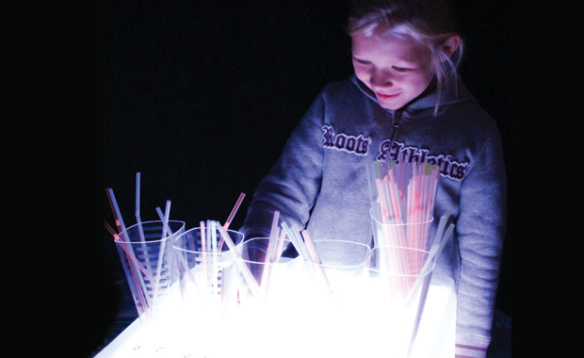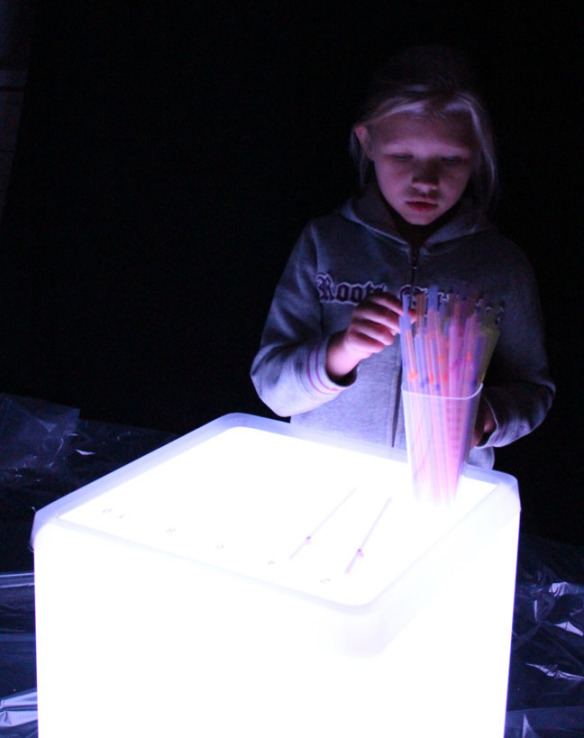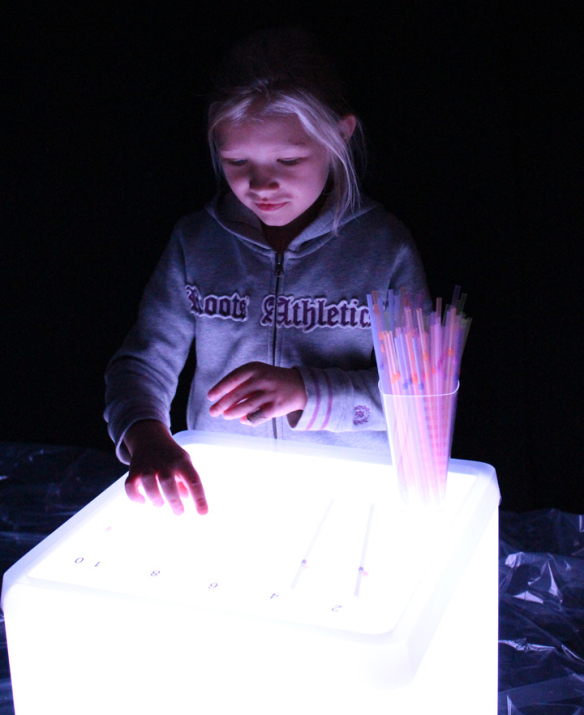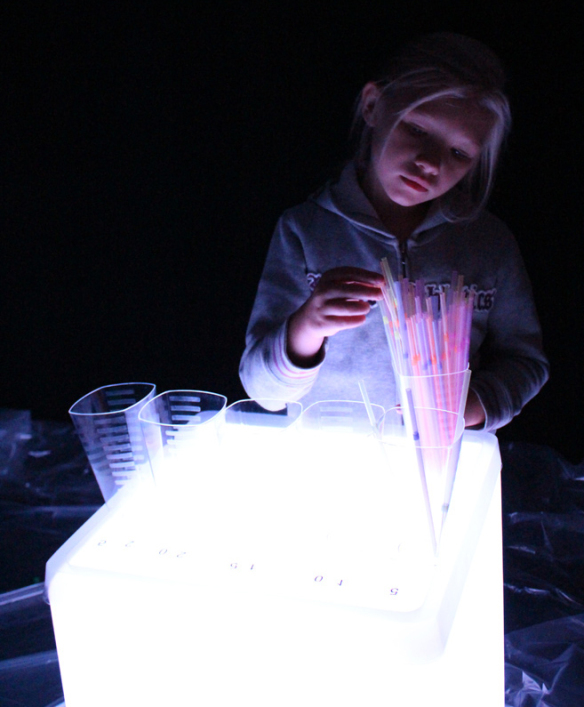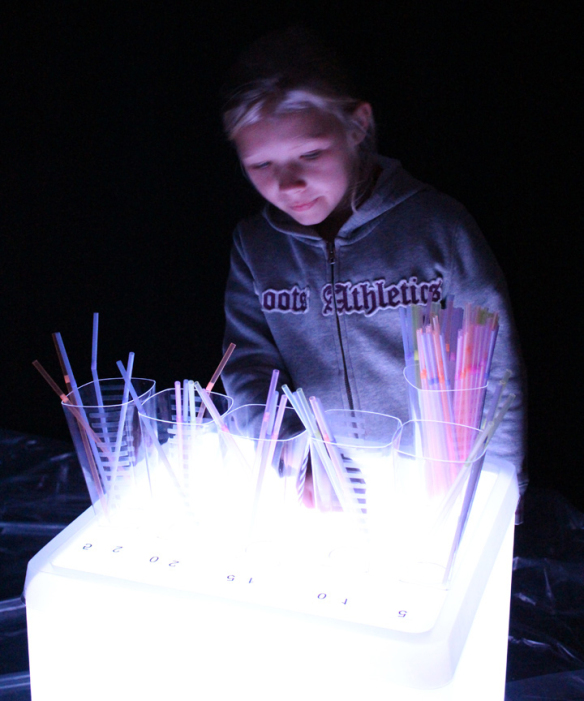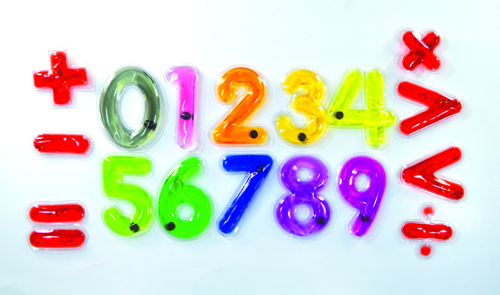
Appeal to the senses while counting and creating simple equations!
For students with fidgety fingers, these squishy numbers and math signs make math tactile. The small disc inside each number allows students to develop fine motor skills. Children will quickly learn how to propel the disc by tapping the number in different areas. We have chosen specific colors so students can represent the visible spectrum of light by lining up the numbers from zero, black (the absence of all light) through red, orange, yellow, green, blue and purple. Tip: All the math signs are red with sparkles!
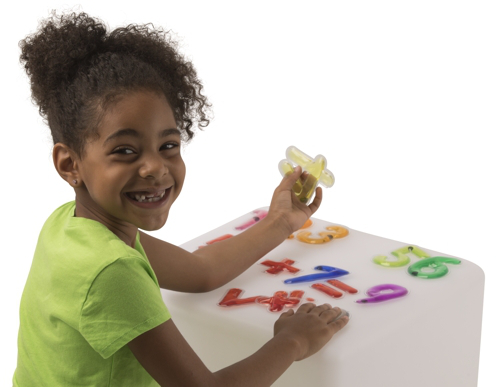
Develop fine motor skills! Ask students to move the small discs all the way around a number. 0 and 1 are great for beginners, while 4 and 5 will challenge older students.
Make glowing equations! Use a light table or Roylco’s R59601 Light Cube to practice counting, using the < and > to demonstrate value differences, and basic math facts. Purchase a second pack to make really long equations!

Like us on Facebook, Share this post with your friends, or Subscribe to this blog today to receive original craft project updates every week!

